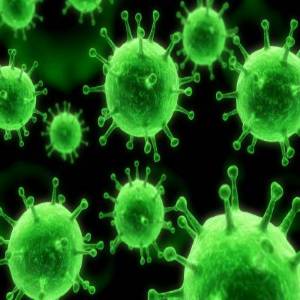Infectious Disease
 Infectious diseases are key indicators of global and domestic social inequality.
Infectious diseases are key indicators of global and domestic social inequality.
Although they are not as ubiquitous as they once were in the era before routine vaccination and antibiotics, infectious diseases are still very much with us, both in the United States and worldwide. For example, worldwide, Tuberculosis killed more than 1 million people in 2016, 1 million people died from HIV/AIDS, and 480,000 children under the age of 5 died from diarrheal disease. Patterns of infection, disease, and mortality reflect complex interactions between this diverse array of pathogens, and social and environmental mechanisms that may facilitate or impede transmission. As the global prevalence of infection has fallen, infection risk has become increasingly concentrated in lower-income countries and marginalized populations in higher-income contexts.
Because some form of contact is necessary to transmit infection, models of social networks and neighborhood environments are key to unraveling patterns of transmission. For example, for diseases such as HIV and hepatitis, drug use behavior and sexual networks may underlie transmission. For pathogens such as Tuberculosis, the quality of the indoor and neighborhood environment are important predictors of risk. For diarrheal disease, the quality of sanitation infrastructure - and the social institutions that support it - are key indicators of community risk. In addition, infectious diseases, such as Human Papillomavirus, are increasingly understood to be key antecedents of some chronic illnesses and cancers, suggesting that the social antecedents of infection risk have important long-term implications for population health.
CSEPH faculty and affiliates are leading research examining the social antecedents and consequences of infectious disease risk. Projects include analyses of the spatiotemporal distribution of diarrheal disease risk in Latin America and Africa, methicillin-resistant Staph aureus (MRSA) infection in Chicago, influenza in Michigan, and tuberculosis in New York City, among other projects.